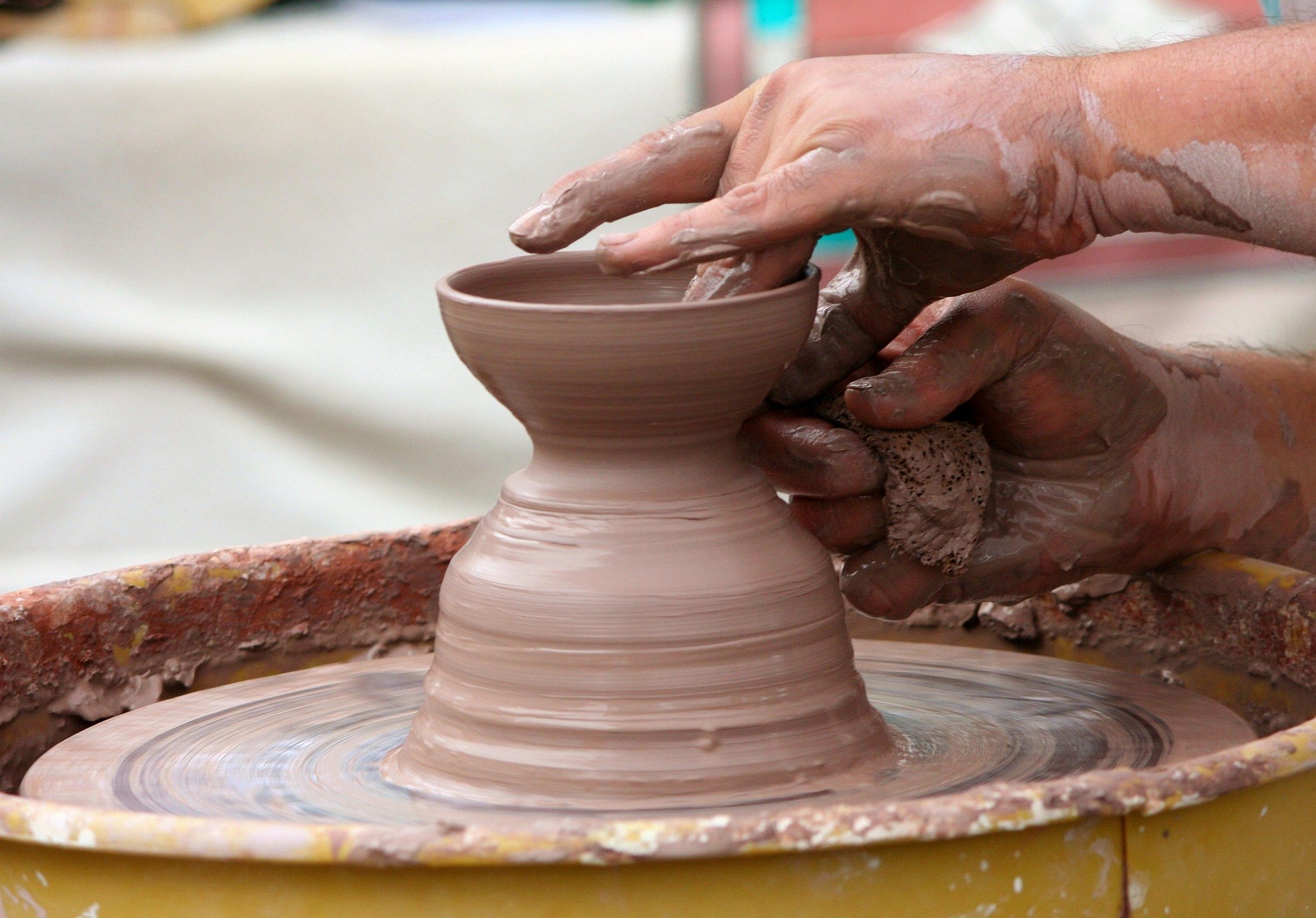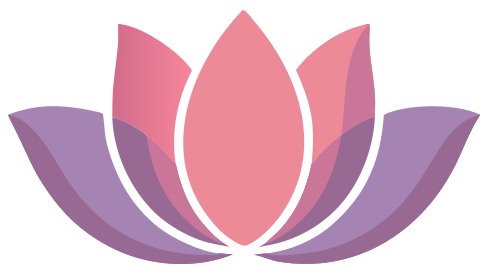We touch things all day long. The phone screen. The coffee cup. The door handle. Our own face when we’re tired. The fabric of our clothes against our skin. Thousands of touches. Thousands of sensations. And we feel almost none of them.
Not really. Not consciously. Not with presence. We touch, but we don’t feel. We make contact, but we’re not there.
The Difference Between Touching and Feeling
There’s a world of difference between these two:
Touching is mechanical. Automatic. A hand reaching for a thing. A body moving through space. It happens without awareness, without attention, without presence.
Feeling is conscious. Intentional. A mind arriving into sensation. An awareness opening to what’s here, right now, in this moment of contact.
You can touch something and feel nothing. Your hand is there, but you are somewhere else—lost in thought, planning, reviewing the past.
But when you feel, when you bring full attention to the sensation of contact, everything changes. The ordinary becomes extraordinary. The mundane becomes alive. A simple touch becomes a doorway to presence.
We’ve Forgotten How to Feel
Most of us live primarily in our heads. We think our way through life, conceptualising, analysing, planning, remembering. The body becomes a vehicle we pilot from a distance. We use it to walk, to work, to eat, but we don’t truly inhabit it.
And touch? Touch becomes functional. Utilitarian. A means to an end.
We pick up the cup to drink. We touch the keyboard to type. We hug someone hello because it’s polite. But how often are we actually present for these moments of contact?
We can go days, weeks, even months without truly feeling our own aliveness through touch.
Without noticing the warmth of water on our skin in the shower. The texture of fabric against our body. The weight of our own hand resting on our chest as we breathe. We’re touching constantly, but feeling rarely.
Why Conscious Touch Matters
You might wonder: Does it really matter? Why should I pay attention to every little sensation?
Because conscious touch is a practice of presence. And presence is the doorway to everything, to aliveness, to connection, to pleasure, to healing, to embodiment.
When you learn to feel, really feel, you return to your body. You come back from the endless loops of thinking and land here, now, in sensation.
And in that landing, something shifts:
- Anxiety softens — You can’t be fully in sensation and fully in your worried thoughts at the same time
- Numbness dissolves — The parts of you that felt dead or distant begin to wake up
- Pleasure deepens — You discover sensations you never knew existed
- Connection becomes real — Whether with yourself, another person, or the world around you
Conscious touch isn’t just about feeling more. It’s about being more. More present. More alive. More here.
The Practice: Awakening Your Sense of Touch
You don’t need special circumstances or tools to begin developing conscious touch. You just need willingness and a few moments of attention.
Here are practices you can explore today, right now, wherever you are.
1. The Morning Shower
This is where most people begin, because it’s daily, it’s private, and sensation is already heightened by the water.
Tomorrow morning, try this:
- Before you step into the shower, pause. Set an intention: I’m going to feel this.
- As the water first hits your skin, stop everything else. Don’t think about your day. Don’t plan. Just feel.
- Notice the temperature. Is it warm? Cool? Does it change as it flows over different parts of your body?
- Notice the pressure. The way water touches your scalp is different from your shoulders, your back, and your feet.
- Notice your breath. Are you holding it? Can you soften and breathe?
- Spend even just 30 seconds in pure sensation. No thinking. Just feeling.
What you’re practising: Bringing full attention to physical sensation without analysing or judging it.
2. Touching Your Own Body
Most of us only touch ourselves functionally, washing, scratching an itch, adjusting clothing. We rarely touch ourselves with conscious presence.
Try this exploration:
- Sit somewhere quiet
- Place one hand on your opposite forearm
- Close your eyes
- Feel your hand on your arm. Don’t just rest it there—actively sense it.
- Notice: temperature, texture, pressure, the subtle pulse of blood beneath the skin
- Move your hand slowly up your arm, feeling every inch
- Notice where sensation is clear and where it’s numb or distant
- Breathe. Stay curious. Don’t judge what you find.
You can do this with any part of your body: your face, your belly, your legs, your chest. You’re not performing. You’re exploring. Learning the geography of your own aliveness.
What you’re practising: Reclaiming your body as something to be felt, not just used.
3. Eating with Presence
We eat multiple times a day, often while distracted, scrolling, watching, or working. What if eating became a practice of conscious sensation?
Choose one meal or snack this week to eat with full attention:
- Look at the food first. Really see it.
- Pick it up. Feel its weight, texture, and temperature in your hand.
- Bring it to your mouth slowly. Notice the moment of contact with your lips.
- As you chew, pay attention to texture, flavour, and how it changes.
- Feel the act of swallowing. The food is moving down your throat.
- Notice the sensations in your body as you eat.
You don’t have to do this with every meal. But even once a day, you’re training your awareness. You’re remembering what it feels like to be fully present for a simple act.
What you’re practising: Using a daily activity as a gateway to embodied presence.
4. Walking Meditation
Walking is something we do constantly without feeling it. But every step is an opportunity to return to sensation.
Try a short walking meditation:
- Walk slowly, somewhere safe and quiet
- Feel your feet making contact with the ground
- Notice: the weight shifting from heel to toe, the texture beneath your feet, the rhythm of your steps
- Feel your legs moving, your hips swaying, your arms swinging
- If your mind wanders (it will), gently bring attention back to sensation
- Even 5 minutes of conscious walking can reset your entire nervous system
What you’re practising: Turning automatic movement into conscious embodiment.
5. Touching Objects with Curiosity
We handle objects all day without feeling them. What if we approached even mundane things with sensory curiosity?
Choose an object, a mug, a piece of fruit, a stone, a piece of fabric:
- Hold it in your hand
- Close your eyes
- Explore it with touch alone
- Notice: weight, texture, temperature, shape, edges, smoothness, roughness
- Take your time. Be curious like a child discovering something new.
- What do you notice that you’ve never noticed before?
This practice trains your sensory awareness. It wakes up the receptors in your skin. It teaches you to attend to sensation rather than just registering contact.
What you’re practising: Curiosity and attention as pathways to feeling.
6. Washing Your Feet with Attention
We wash our feet quickly, thoughtlessly, usually the last thing under the shower, rushed and automatic. But our feet carry us through the world all day, every day. What if, just for a moment, we stopped and acknowledged them?
Tomorrow in the shower, try this:
- When you reach your feet, pause. Don’t rush through.
- Sit down or prop your foot up where you can reach it comfortably
- Look at your feet for a moment. These feet have carried you everywhere you’ve ever been.
- Wash them slowly, with your hands
- Feel each part—the arch, the heel, the toes, the ankle
- Notice where they’re tired, where they’re tight, where they hold the weight of your day
- Take even just 30 seconds to be present with them
- Silently acknowledge: Thank you for carrying me
This isn’t about adding time to your routine. It’s about bringing presence to something you’re already doing. Just one moment of attention transforms an automatic action into a practice of gratitude and embodiment.
What you’re practising: Ritual as a gateway to reverence for your own body.
What Happens When Touch Becomes Conscious
At first, maybe not much. You notice a few sensations you usually miss. That’s enough.
But over time, something deeper shifts.
You begin to notice when you’re numb, when you’re touching but not feeling. And you learn to pause, breathe, and return to sensation.
You begin to feel pleasure in places you didn’t know could feel pleasure. The sun on your skin. Wind in your hair. Your own hand on your own body.
You begin to understand that your body isn’t just a vehicle or a tool. It’s the place where you live. Where life is happening. Where presence is possible.
And here’s what’s profound: When you learn to feel your own touch consciously, you transform how you experience all touch, including touch from others.
You stop being passive. You stop leaving your body during intimacy or massage, or even a simple hug. You stay. You feel. You’re there.
This is what makes tantric touch different from ordinary touch. Not the technique. Not what’s being touched. But the quality of presence brought to the sensation.
Beyond Technique: The Heart of Conscious Touch
People often ask: What’s the secret? What’s the special technique for feeling more? There is no secret. There is no technique. There’s only attention. Breath. Presence.
You already know how to feel. You’ve always known. You’ve just forgotten. You’ve spent years learning to override sensation, to push through discomfort, to ignore your body’s signals, to think instead of feel.
Conscious touch is simply the practice of unlearning that habit. Of returning, again and again, to what’s here. To what’s real. To what’s alive.
An Invitation to Begin
You don’t need to wait for a massage or a partner or a special moment to practice conscious touch.
You can begin right now:
- Feel your hands holding this device as you read
- Feel the surface beneath you: chair, bed, floor
- Feel the air on your skin
- Feel your breath moving in your chest
- Feel your feet on the ground
This is it. This is the practice.
Not someday. Not when conditions are perfect. Not when you’ve learned more or become better. Now. In this body. With this breath. With whatever sensation is here.
The Path Prepares You
If you’re interested in tantric massage, in deeper intimacy, in embodied practices, this is where it begins.
Not on a massage table or mattress. Not in a workshop. Not in a ritual space. It begins here, in your daily life, learning to feel again.
Learning to bring consciousness to the simplest touches. Learning to inhabit your body with presence. Learning that sensation isn’t something to rush through or ignore, it’s a doorway to aliveness.
When touch becomes conscious, everything changes.
The ordinary becomes sacred. The mundane becomes profound. And you discover that you’ve been carrying the capacity for deep feeling all along. You just needed to remember how to pay attention.
Your body is speaking to you in every moment, in the language of sensation. The question isn’t whether you’re being touched by life; you are, constantly. The question is: Are you present enough to feel it?
Namaste
—
Image by James DeMers


